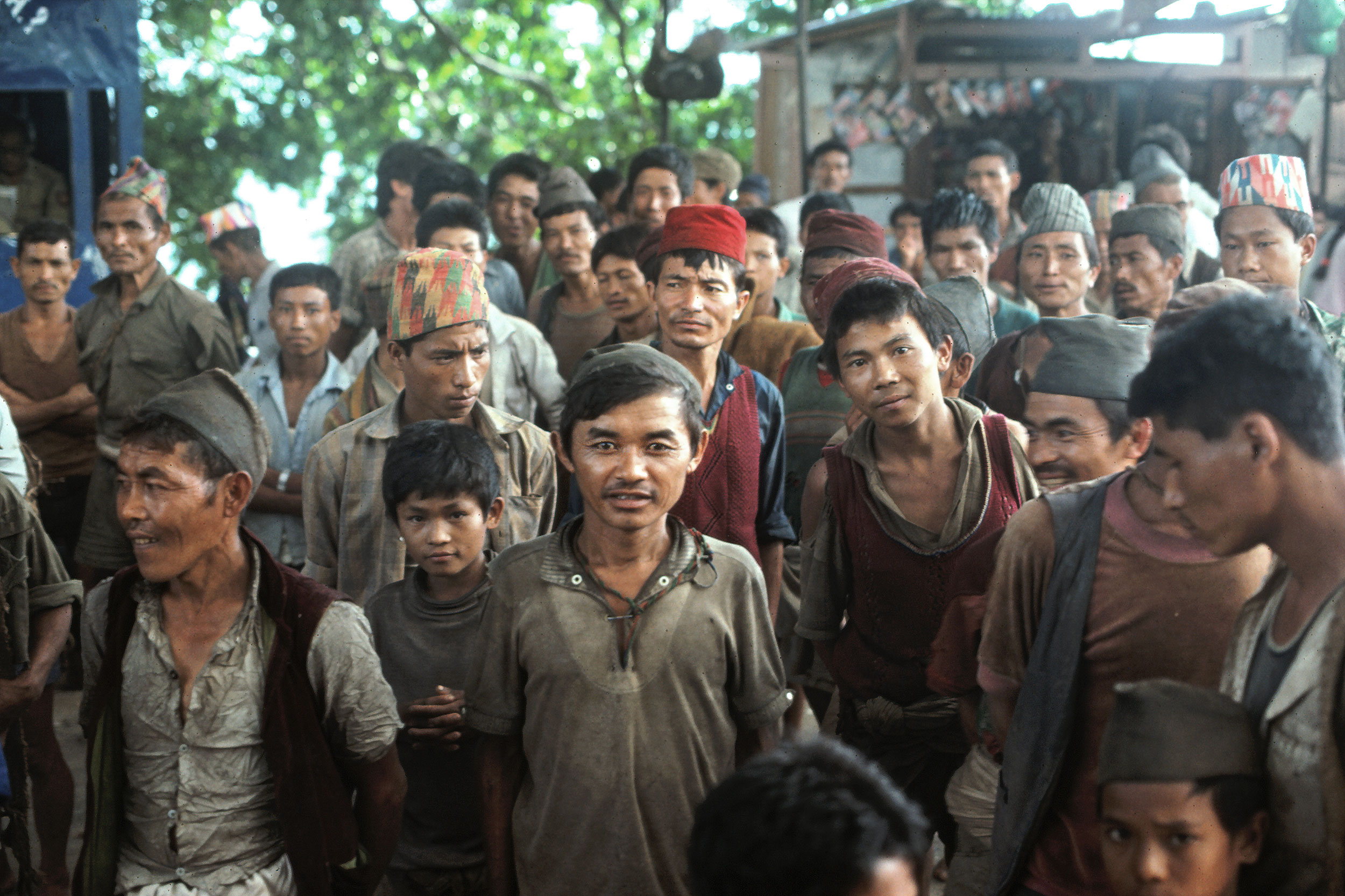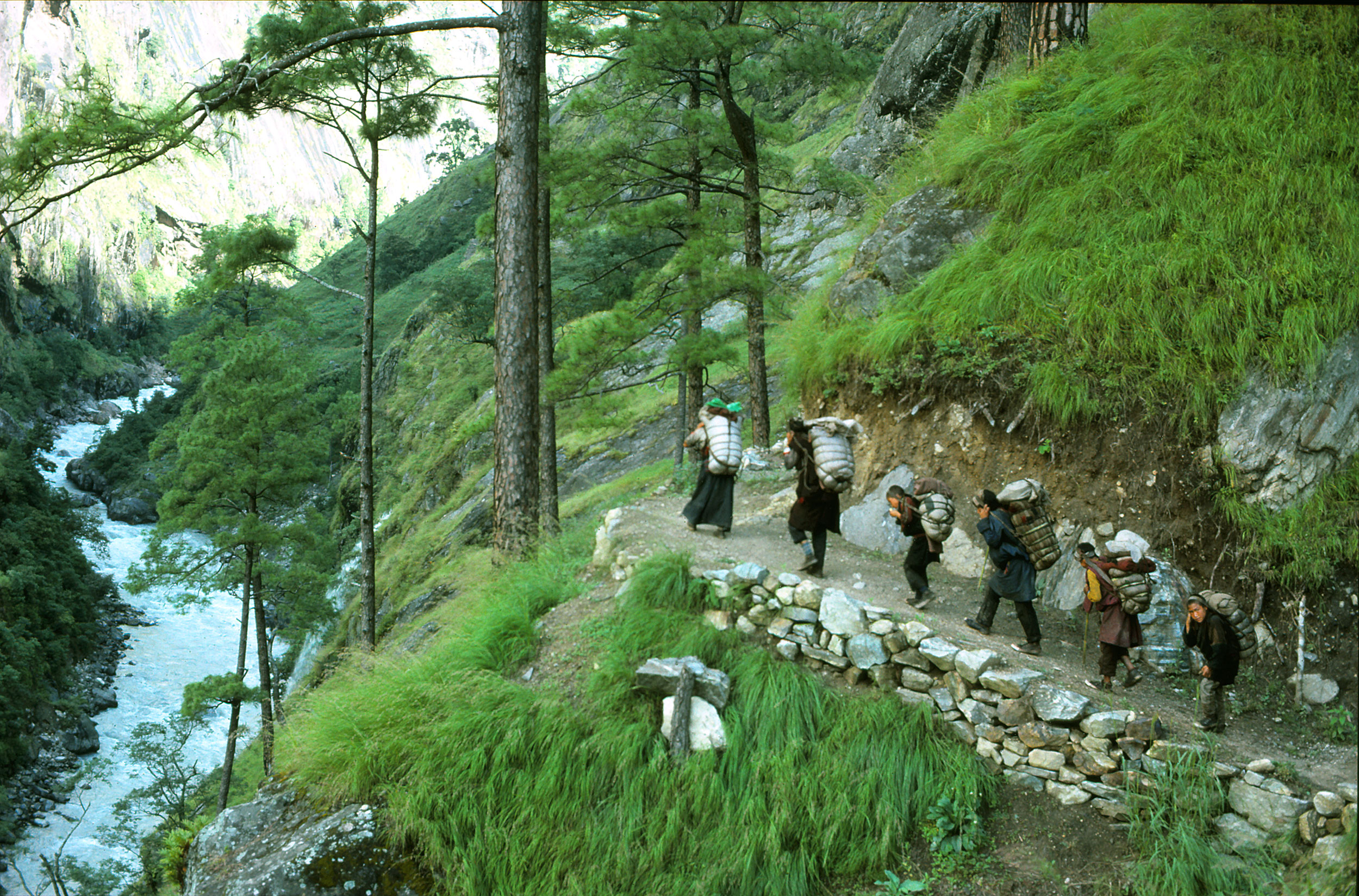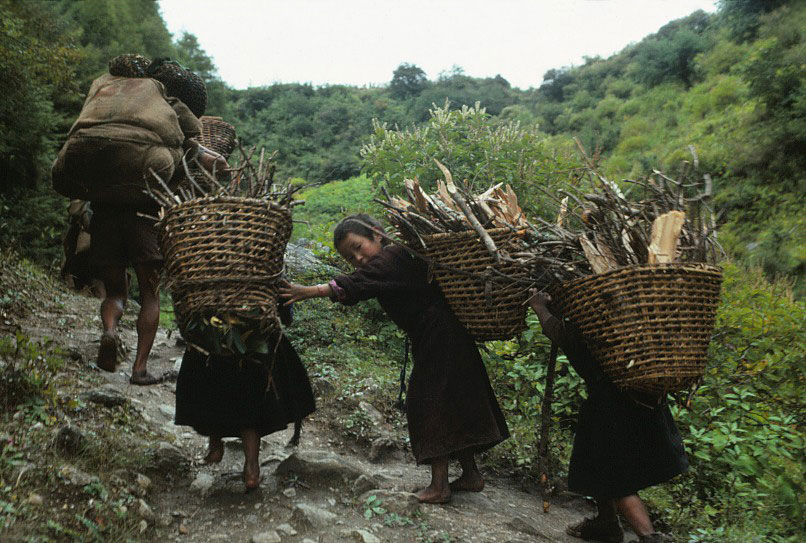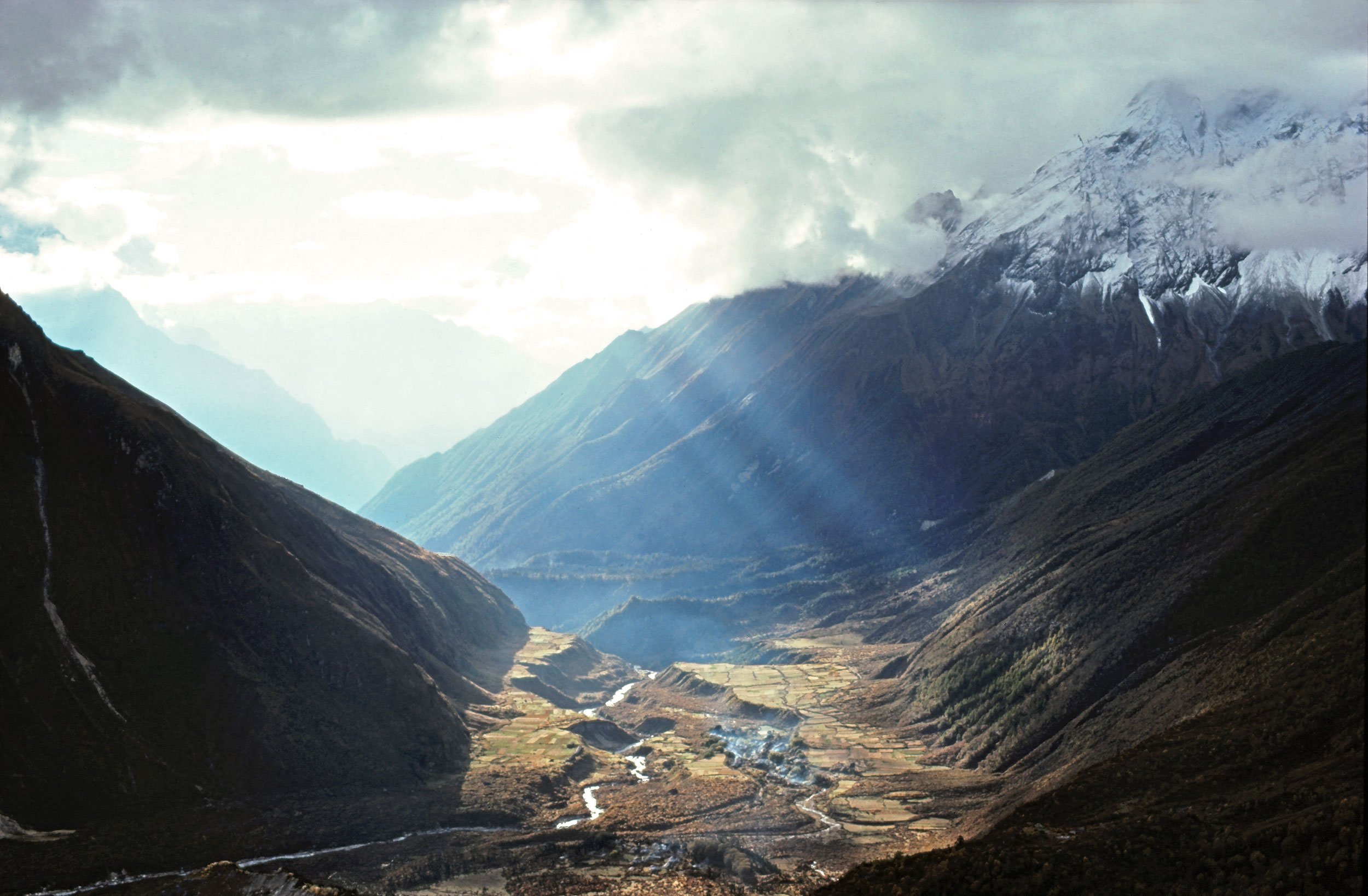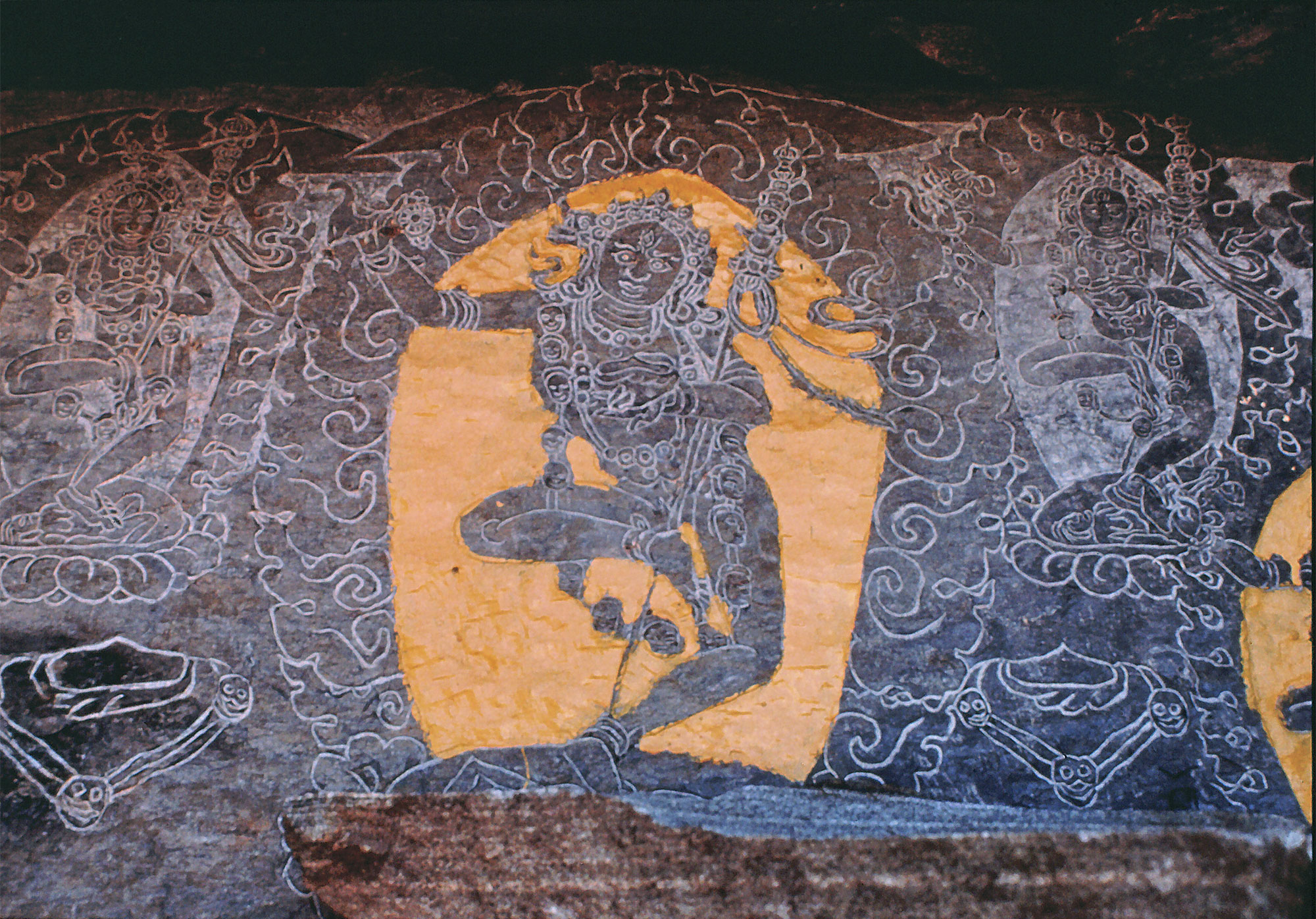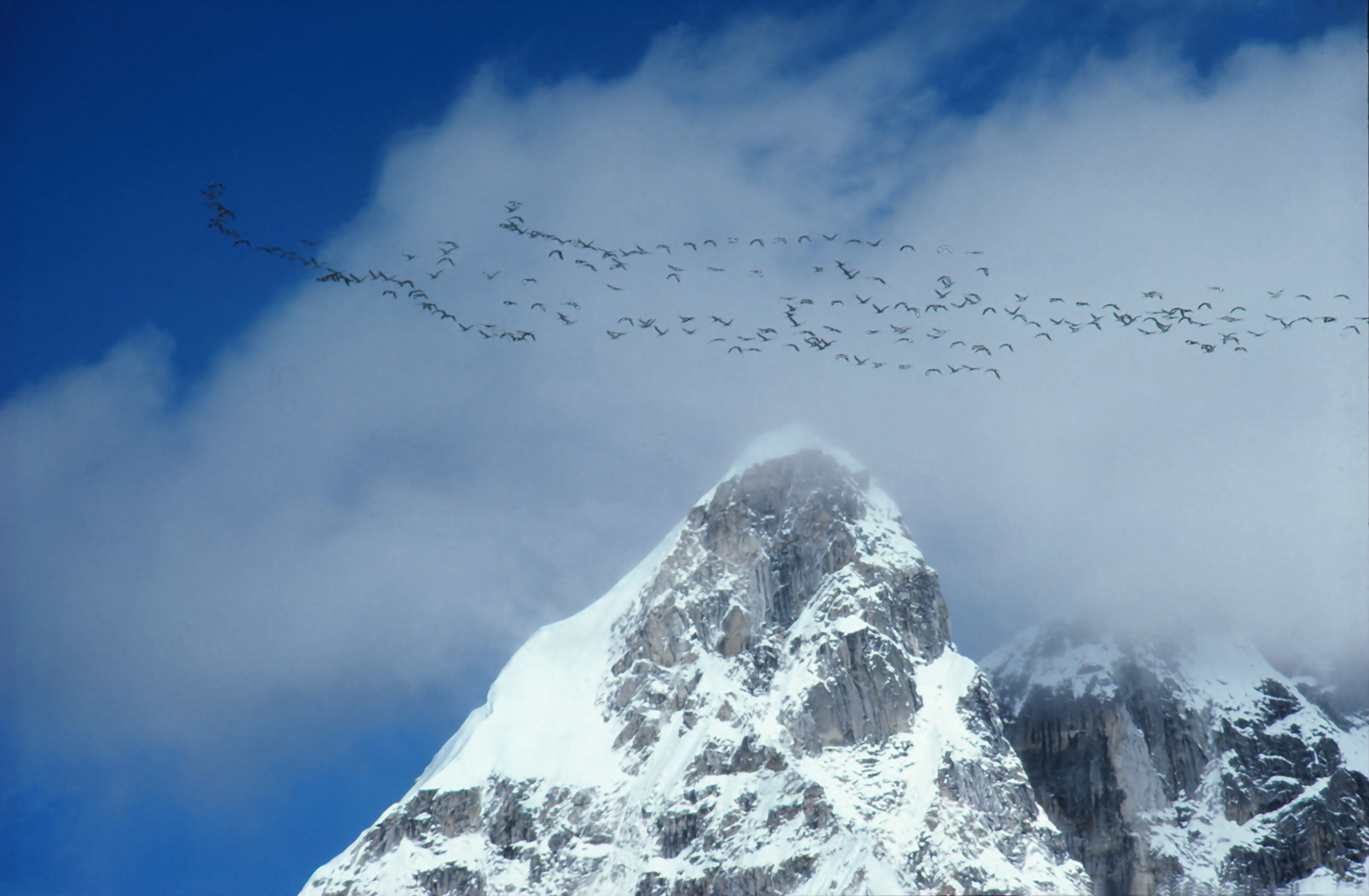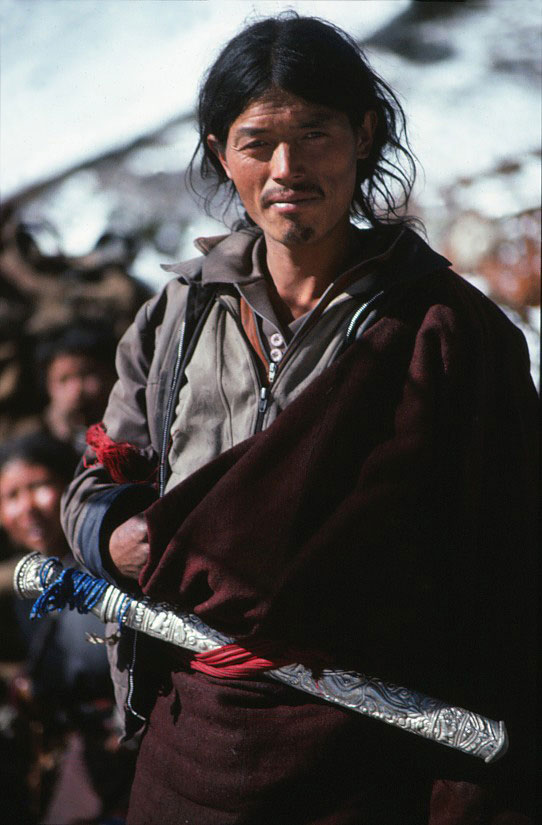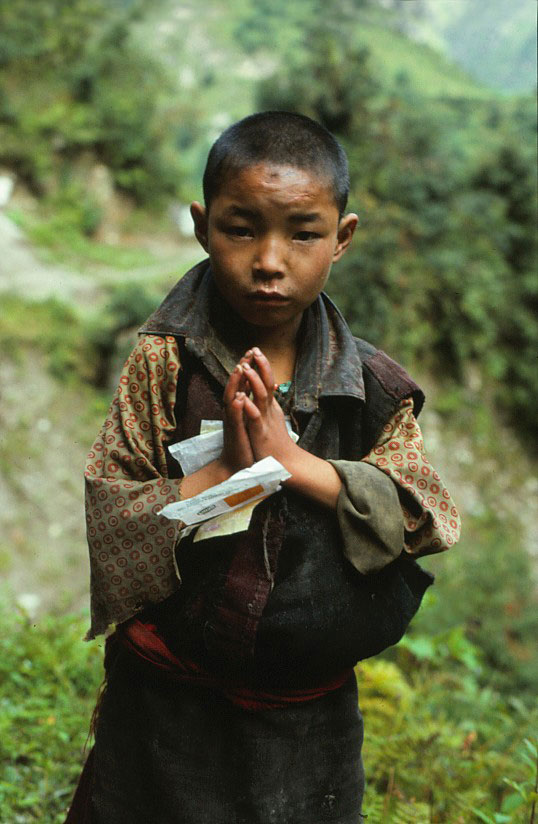The Journey Overtakes the Goal
The best part of any Himalayan climbing trip is the heavenly walk to and from basecamp. These treks generally took a month – two weeks in and two weeks out. The gloriousness of these walks became clear to me on my first Himalayan expedition with its hundred-mile approach through the incredible middle-hill country of the Buri Gandakhi. This was the epicenter of the Newari people with their rich cultural and artistic traditions, rarely seen by foreigners due to the special government dispensation one needed to visit the region. I was actually asked by a very local Bhotia man near our basecamp if I was Japanese. As an Irish-American with pronounced Celtic features I found his confusion disarming but understandable given the region's isolation from the outside world. As the expedition unfolded in the thin air and frigid ramparts of the mountain my thoughts always turned to the people I had met in the valleys below – in their villages, monasteries and nomadic encampments. Would Tsering, the yak man, travel back to Kathmandu with us? Would Lhakpa lead us to the rarely seen borderland country where it was rumored the local people had reverted from Buddhism to their ancient animist religion from a thousand years past? Would Karma leave his ailing mother and father to complete his education at the monastery in Kathmandu? These questions seemed much more engaging than the banalities of wind-scoured summits and frozen digits. This is when it became clear that the goal was an excuse for the journey.
